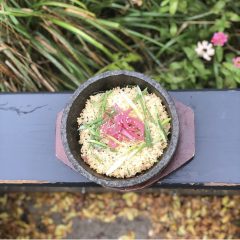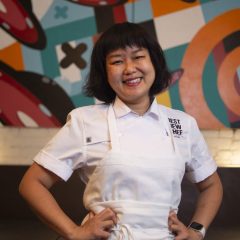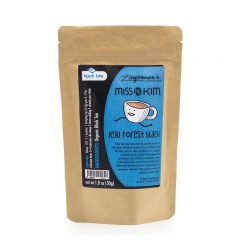
Catching Up with Chef Ji Hye
The soul of the Seoul food served at Miss Kim Sitting at a sunny summer patio table in Ann Arbor’s Kerrytown I caught up with Ji Hye Kim, chef and managing partner of Miss Kim, Zingerman’s Korean restaurant. We talked about her food philosophy, approach to running a business, what’s new, and what’s not going […]
Read more »





Zingerman’s Art for Sale